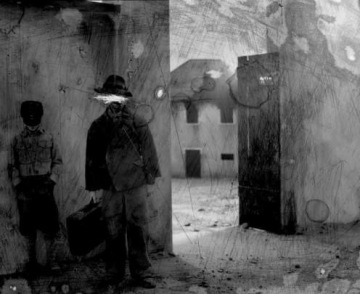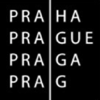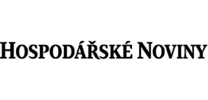The Silent Village
12 Jan – 9 Apr 2012

On June 10th 1942, the Czechoslovakian village of Lidice, 20km north of Prague, was obliterated by the Nazis following the assassination of Reinhard Heydrich by the Czech resistance. Throughout the West, news of the atrocity was met with outrage that later inspired various acts of commemoration including poems, novels, symphonies and films. These memorials sought to come to terms with the total destruction of a village, a symbolic attempt to try to understand and remember what took place. However, a more immediate response came from within the British Government that turned to film as propaganda to reconstruct the horrific events as if they had taken place in mainland Britain.
Within weeks of the Lidice tragedy, work had begun on translating those events into a film supported by the Ministry of Information, London, that was subsequently made in South Wales. In September 1942, a Crown Film Unit crew arrived in the Upper Swansea Valley at the small village of Cwmgïedd, close to the town of Ystradgynlais. Under the supervision of the artist, poet and filmmaker Humphrey Jennings, they set out to make a short film that recreated the fate of Lidice. The Silent Village (1943) both memorialises a recent tragedy, and alludes to future scenarios involving loss of liberty and ultimately death.
ČT 24 – Dopolední studio ČT24 - rozhovor s kurátorem Russellem Robertsem - kliknětě
na 120. minutu vysílání
ČT 24 – Události, komentáře ve 22h + Host studia - rozhovor s kurátorem Russellem Robertsem










